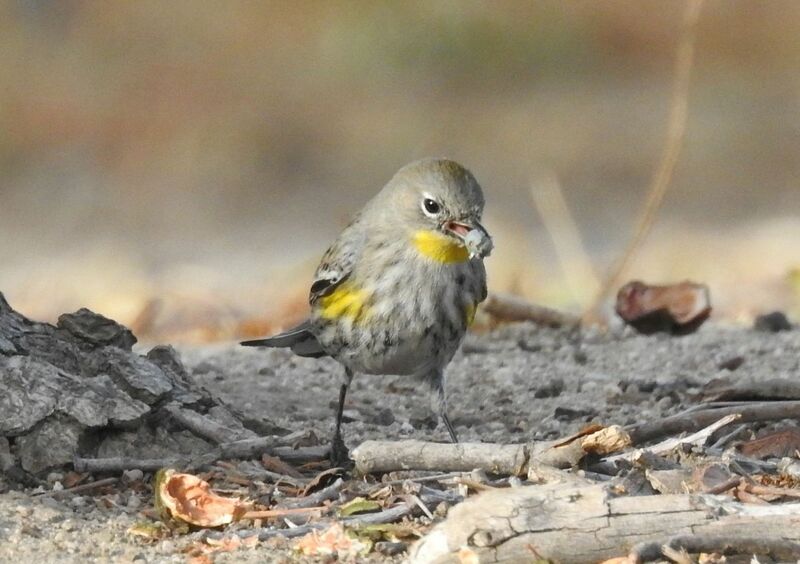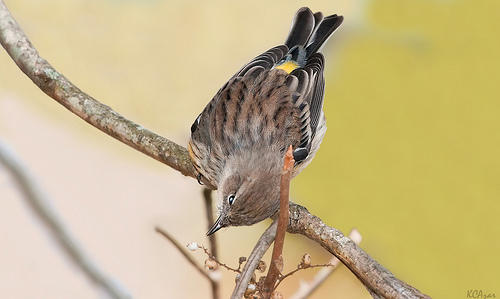


The birds come in two forms, the western variety, also called Audubon’s warbler, and the eastern, known as the myrtle warbler, which looks a bit different but can sometimes be seen in the west. Their larder of creepy crawlies, including beetles, wasps and caterpillars, is supplemented by berries.Īnd they seem to turn up in a variety of habitats while visiting western lowlands in winter: brush and streamside woodlands and even gardens. They can also hover while snatching insects from vegetation, or zoom out to snag them on the wing. Yellow-rumps are known to probe leaves and twigs for insects and spiders. the auduboni and nigrifrons lineages mix in southern Utah at a narrow.

During mild winters a few yellow-rumped warblers may be in the woods or near conifers at the Garden. Its winter range extends from the southern United States to the West Indies and Central America. Still, it’s a creature colorful in both appearance and habits. phylogeography of the yellow-rumped warbler complex using mitochondrial (mt)DNA. The yellow-rumped warbler moves with food availability and weather, and varies its winter range depending on yearly conditions. Yellow-rumped warblers occur in two races that formerly were considered separate species: the western Audubons warbler (shown here) and the more eastern. These are winter visitors to Orange County, not breeders, so the male’s colors are a bit more muted than they would be during the bird’s breeding season up north. In this case, the name fits the bird: a good way to identify it is by its yellow rump, as well as yellow patches on its sides and white edges on wing feathers. While most of its relatives migrate to the tropics in fall, the Yellow-rump, able to live on berries, commonly remains as far north as New England and Seattle it is the main winter warbler in North America.
#Yellow rumped warbler southern california Patch
The versatile yellow-rumped warbler can be easily seen in Orange County this time of year, performing acrobatic feats in its relentless hunt for insects. Flashing its trademark yellow rump patch as it flies away, calling check for confirmation, this is one of our best-known warblers.


 0 kommentar(er)
0 kommentar(er)
